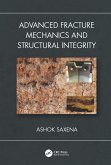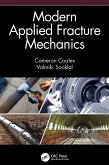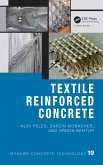The study of fracture mechanics of concrete has developed to the point where it can be used for assessing the durability of concrete structures and for the development of new concrete materials. This volume includes various examples of fracture analyses at the micro- and meso-level. It presents models accompanied by reliable experiments and explains how these experiments are performed. It also provides numerous examples of test methods and requirements for evaluating quasi-brittle materials. More importantly, it proposes a new modeling approach based on multiscale interaction potential and examines the related experimental challenges facing research engineers and building professionals.
Dieser Download kann aus rechtlichen Gründen nur mit Rechnungsadresse in A, B, BG, CY, CZ, D, DK, EW, E, FIN, F, GR, HR, H, IRL, I, LT, L, LR, M, NL, PL, P, R, S, SLO, SK ausgeliefert werden.









